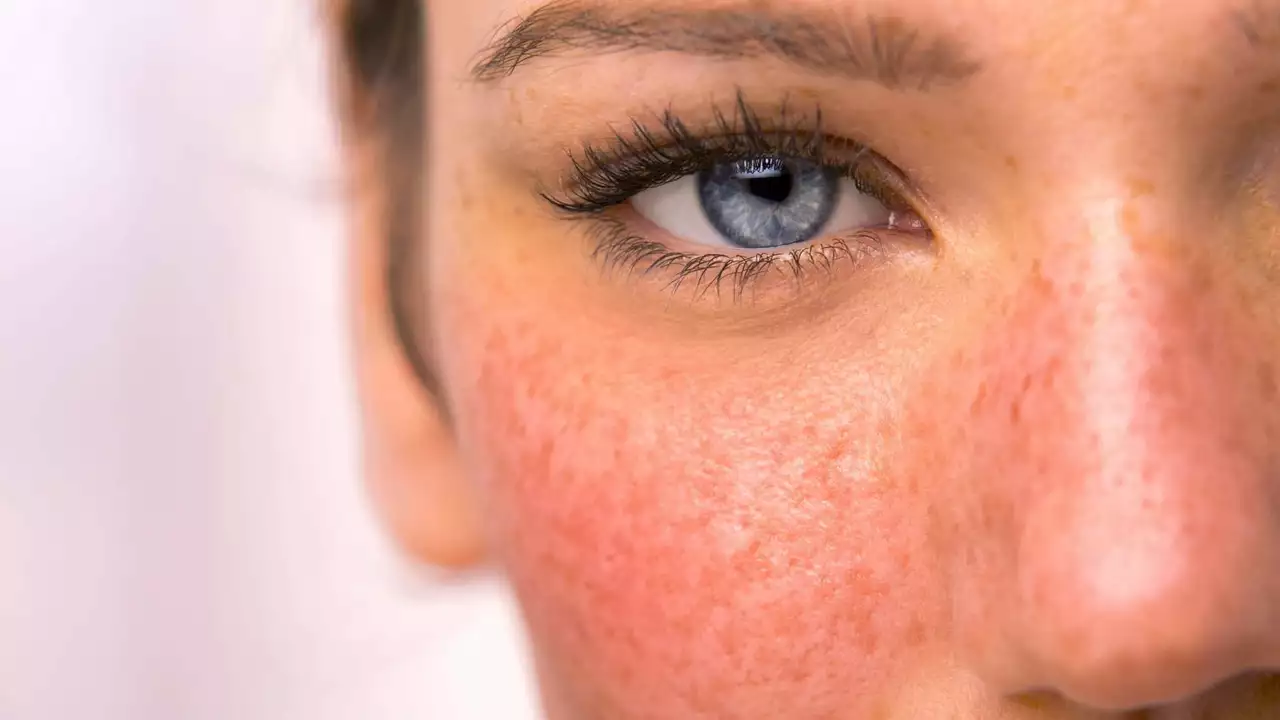Minocycline: What It Is, How to Use It, and What to Watch For
If you’ve heard about minocycline, you probably know it’s an antibiotic that doctors often prescribe for acne or stubborn skin infections. It belongs to the tetracycline family, which means it stops bacteria from growing by blocking their protein production. In plain terms, it helps clear up bacterial problems without killing every microbe in your gut.
Typical Uses and Who Might Need It
Most people take minocylcine for moderate to severe acne that hasn’t responded to topical creams. Dermatologists also use it for rosacea, certain types of pneumonia, and infections like chlamydia or Lyme disease. If you’ve tried over‑the‑counter treatments with no luck, your doctor may suggest a short course of minocycline to get the break‑out under control.
How to Take Minocycline Correctly
The usual adult dose for acne is 100 mg once or twice daily, taken with a full glass of water. Taking it on an empty stomach can cause nausea, so most doctors recommend eating a light meal beforehand. Do not crush or chew the tablets; swallowing them whole keeps the coating intact and reduces stomach irritation.
For infections other than acne, the dosage may vary – sometimes 50 mg twice a day or a higher dose for short periods. Always follow your prescriber’s instructions and finish the entire prescription, even if you start feeling better early on.
Avoid dairy products like milk or cheese within an hour of taking minocycline because calcium can bind to the drug and lower its effectiveness. If you’re on other meds, check with a pharmacist – some antibiotics, antacids, and blood thinners interact badly with minocycline.
Common Side Effects (And What To Do About Them)
The most frequent complaints are stomach upset, dizziness, or mild skin discoloration. If you notice your tongue turning a blue‑gray shade, that’s a known harmless effect for many users – just keep an eye on it and tell your doctor if it worsens.
Serious side effects are rare but can happen: severe headache, vision changes, or sudden joint pain may signal a reaction that needs medical attention. Stop the drug immediately and call your healthcare provider if any of these pop up.
Buying Minocycline Safely Online
When you need minocycline but can’t get to a pharmacy quickly, reputable online pharmacies are an option. Look for sites that require a prescription, display a licensed pharmacist’s contact info, and use secure HTTPS connections.
Avoid “buy now” pop‑ups that promise no‑prescription delivery – those often sell counterfeit pills that could be ineffective or harmful. Check reviews from real customers and compare prices, but never sacrifice safety for a lower price tag.
Quick FAQs
Can I take minocycline while pregnant? No. It’s classified as pregnancy‑category D, meaning it can affect the developing baby. Talk to your doctor about safer alternatives.
Will it make me photosensitive? Yes, many users become more sensitive to sunlight. Wear sunscreen and avoid prolonged sun exposure while on the medication.
How long does a typical acne course last? Most doctors recommend 8‑12 weeks before you see noticeable improvement. If there’s no change after that period, discuss other options with your dermatologist.
In short, minocycline can be a powerful tool against stubborn acne and certain infections when used correctly. Stick to the dosing schedule, watch for side effects, and only buy from trustworthy online pharmacies. With these basics covered, you’ll feel more confident about using this antibiotic safely.
In my recent research, I've discovered that Minocycline packs quite a punch when it comes to treating skin infections. Not only is it a potent antibiotic effective in battling bacteria linked to acne, but it also reduces inflammation, which can contribute to skin discomfort. Its oral form can even treat more serious skin conditions, such as rosacea and perioral dermatitis. In addition, Minocycline has fewer side effects compared to other antibiotics. So, if you're in a battle with troublesome skin, Minocycline might just be the reinforcement you need.

